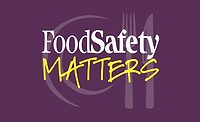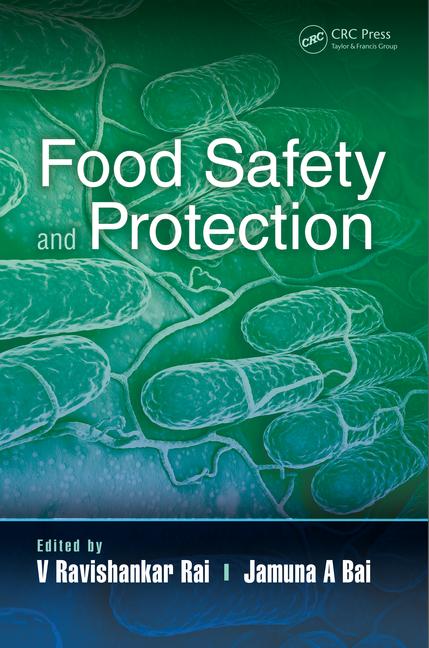Experts Call for Greater Collaboration, Funding for “Closer to Zero” Efforts

Credit: PublicDomainPictures (publicdomainpictures-14) via Pixabay
A recent workshop funded by the U.S. Department of Agriculture (USDA) has identified several crucial working areas for mitigating the public’s exposure to toxic metals from the U.S. food supply, which is a pressing food safety issue. The workshop was conducted as part of the “Closer to Zero” initiative to address such exposure, in which USDA, the U.S. Food and Drug Administration (FDA), and other federal agencies are involved.
USDA’s National Institute of Food and Agriculture (NIFA) awarded funding to Om Parkash Dhankher, Ph.D., professor at the University of Massachusetts Amherst’s Stockbridge School of Agriculture, and Jason C. White, Ph.D., director of the Connecticut Agricultural Experiment Station (CAES) and adjunct professor in the Stockbridge School of Agriculture, to conduct a workshop, titled, “USDA NIFA Workshop on Toxic Elements in Food: Identification of Critical Knowledge Gaps to Ensure a Safe Food Supply.” The workshop, for which the report was only recently released, was held virtually on April 4–5, 2022 and included 35 subject-matter experts from across the U.S., as well as 40 participants from USDA’s NIFA, FDA, the U.S. National Institutes of Health (NIH), and the food industry.
The workshop report identifies critical research, education, extension needs, knowledge gaps, key issues, and opportunities. The report also provides important recommendations to USDA. The workshop drew conclusions across several thematic areas, including:
- Soil chemistry, soil amendments, and microbiome interactions with toxic elements
- Plant uptake and accumulation of toxic elements
- Multidisciplinary concerns such as food processing, detection and sensors, and nutritional status-metal interference and traditional knowledge.
Recommendations from the workshop’s panel of experts included the establishment of a new transdisciplinary, “center-like” funding mechanism within USDA’s NIFA, similar to other federal agencies such as NIH or the National Science Foundation (NSF). According to Dr. White and Dr. Dhankher, such a level of resource commitment from USDA would enable sufficient transdisciplinary research and understanding to avoid and mitigate toxic metal contamination of food.
The report also recommends increased funding for extension and outreach services to increase public awareness over the risk of metal exposure in food, exploration of modern genetic approaches to develop new varieties with reduced metal distribution to edible plant tissues, and the strengthening of regulatory systems at the national and international level that are predicated on common global science-based standards. The report highlights the need for industry, government, and academia collaboration on the complex issue, and notes that sufficient funding currently does not exist to address the problem at a systems level.
The “Closer to Zero” approach makes sense, according to the report, with the caveat that the initiative may not be tenable unless best practices are put in place. The report calls for a central theme to hone in on what is both safe and achievable.
Looking for a reprint of this article?
From high-res PDFs to custom plaques, order your copy today!









